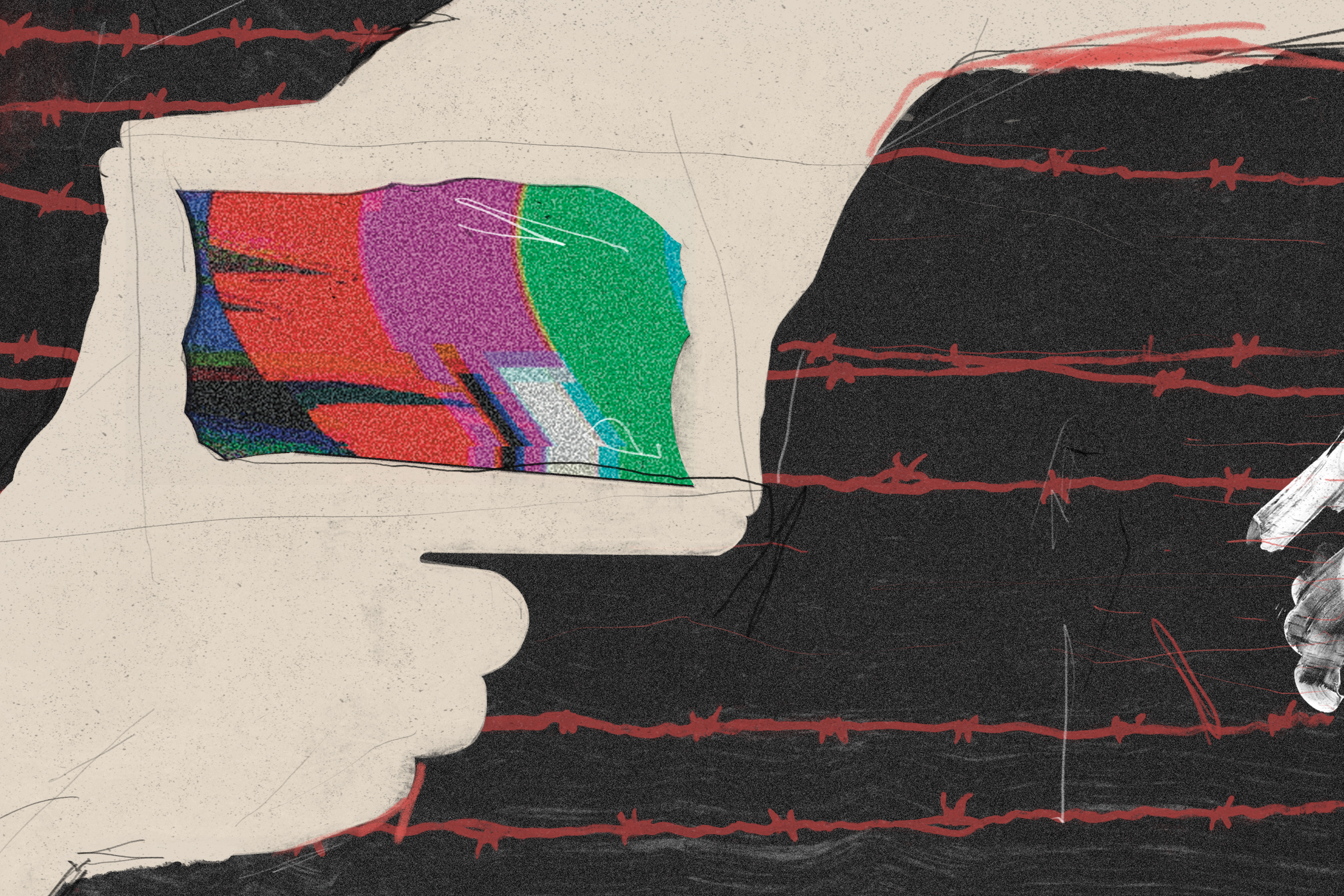

The Problem With TV’s New Holocaust Obsession
When you think about the Holocaust, as we all do in a 21st century shaped by the cataclysms of the 20th, what images appear in your mind’s eye? I see Nazis marching into city squares. Jews crushed into airless cattle cars. An iron gate with the inscription “arbeit macht frei,” and beyond it, rows of spartan dormitories housing skeletal inmates in filthy striped uniforms, subjected to all manner of dehumanization. There are smokestacks, barbed wire, mass graves.
[time-brightcove not-tgx=”true”]
These awful tableaux are the products of a lifelong immersion in Holocaust narratives, from factual accounts in textbooks to visits to museums to documentaries screened at Hebrew school. But because I grew up in the era of Schindler’s List and Life Is Beautiful, my most indelible impressions of the genocide come from pop culture. When I envision a concentration camp, I am seeing a collage of movie stills.
The very same imagery suffuses The Tattooist of Auschwitz, Peacock’s new, six-part adaptation of Heather Morris’ internationally best-selling 2018 novel. Inspired by the author’s conversations with Lali Sokolov, a Slovakian Jew who spent the final years of World War II tattooing ID numbers on new arrivals at the notorious death camp, it is ultimately, as Harvey Keitel’s elderly Lali explains to Heather (Melanie Lynskey), “a love story.” But that romance, between young Lali (Jonah Hauer-King) and another prisoner, Gita (Anna Próchniak), unfolds against what I can only describe as a familiar Holocaust backdrop. Viewers witness suffering that fits our broadest conceptions of the camps: sadistic Nazis; lines of naked bodies slouching towards death; Jews praying and singing to reassert their humanity.
The Tattooist is solidly made historical fiction, built on benign intentions and open-hearted performances. It’s also the latest—and, in that quotidian concentration-camp hell dominates the plot, the most generic—example of a dubious TV trend: the Holocaust drama. While the genre dates back decades, and isn’t limited to the small screen, the past year has seen an explosion of such shows about Nazis and their prey, from We Were the Lucky Ones to The New Look to Transatlantic; A Small Light to All the Light We Cannot See.
Each of these series has its own angle. What unites most of them, however, is unwittingly exploitative imagery that long ago lost its power to shock and an adherence to tropes of individual suffering and perseverance, heroism and villainy, that abstract the Holocaust from any but the most anodyne political context: Nazis evil, Jews brave. This is a tumultuous moment for Jewish identity. Antisemitism and fascist ideology are surging—and that trend is driving Hollywood’s demand for Holocaust scripts—as Jews weigh the morality of Israel’s ongoing assault on Gaza. Yet the stories TV keeps telling about the most painful years in modern Jewish history too often cling to sentiment and cliché. What we need from these narratives—political insight, introspection—remains elusive.
In high school, I took two classes that happened to screen French New Wave filmmaker Alain Resnais’ documentary Night and Fog just weeks apart. Released in 1956, the half-hour film exposed an international audience to photographic evidence of the multifarious horrors of the camps. The first viewing was as enlightening as it was harrowing. But the second felt obscene. I was staring at those same distressing images—slow pans across gas chambers disguised as showers, mounds of emaciated corpses—without learning anything new. I had to excuse myself after a few minutes.
Susan Sontag recounted a similar experience in her 1977 book On Photography. The cultural critic wrote that when she first encountered photos from the camps, at 12, “something broke. Some limit had been reached, and not only that of horror; I felt irrevocably grieved, wounded, but a part of my feeling started to tighten; something went dead; something is still crying.” But as the photos proliferated, she grew inured—evidence of a familiarity with atrocity that was alarming in itself: “At the time of the first photographs of the Nazi camps, there was nothing banal about these images. After 30 years, a saturation point may have been reached. In these last decades, ‘concerned’ photography has done at least as much to deaden conscience as to arouse it.”
A half-century later, The New Look on Apple TV+, Lucky Ones on Hulu, and The Tattooist—all based on true stories, cast with recognizable stars, and released in the past three months—cement a new era of Holocaust-fiction supersaturation. The New Look is an origin story for Christian Dior (Ben Mendelsohn), whose struggle to free a sister (Maisie Williams) condemned to the camps for her role in the French Resistance is contrasted with the brazen Nazi collaboration of his rival Coco Chanel (Juliette Binoche). In Lucky Ones, a family of Polish Jews fleeing the Nazis endures years of separation and hardship. The Tattooist is the most conventional concentration-camp narrative of the three, framed by Lali’s conversations, in the early aughts, with the woman who would transform his reminiscences into a biographical novel.
Although their plots diverge, the shows have strikingly similar emotional arcs and moral agendas. Each one drags the viewer through endless human suffering, whether behind the gates of Auschwitz or in a Soviet work camp or even in a Paris atelier where Dior is all but forced to design gowns for the wives of the Nazi officers whose minions are holding his sister, Catherine, captive. At long last, the finales bring catharsis. Families and lovers reunite. Inspired by Catherine, Dior reinvents French fashion for an exuberant postwar era. Careful to temper happy endings with somber tributes to the millions who died while these heroes lived, albeit scarred by their experiences, the creators of these series nonetheless leave us to exult in the triumph of the human spirit over the swastika-draped forces of evil.
The morality that underlies these dramas tends to be simplistic. No one seriously disputes that the Nazis are the bad guys. (When Netflix’s All the Light We Cannot See, which focuses on French resisters rather than Jewish captives, attempts to inject nuance into the depiction of Nazis, through the thought-experiment character of a brilliant orphan conscripted to fight for a cause he finds repugnant, the result is unintentionally funny.) But that doesn’t mean the Reich must always be represented by one or two conniving, mid-level psychopath characters, plus dozens of faceless foot soldiers. The implication of such depictions is that Germany during the Second World War was populated by millions of extraordinarily deranged individuals, rather than overtaken by a regime that normalized, euphemized, and incentivized genocidal hatred to such an extent that only Europeans of remarkable courage resisted.
The impression that the Holocaust was an anomaly, perpetrated by avatars of rootless evil, isn’t just a comforting misapprehension. With fascist ideology gaining traction in the U.S. and abroad, it’s a dangerous one, blind to the systemic workings of authoritarian populism. As the historian Dan Stone argues in The Holocaust: An Unfinished History: “The Holocaust is not a lesson about the dangers of bullying, nor even a tale of the dangers of hatred. It is a warning that states, when elites become desperate to hold on to power, can do terrible, traumatic things, and that the deep psychology of modernity produces monsters the likes of which even the sleep of reason would struggle to generate.”
The best recent representation of this phenomenon is The Zone of Interest, Jonathan Glazer’s Oscar-winning film about the family of Auschwitz commandant Rudolf Höss (Christian Friedel). Instead of reproducing the now-commonplace sights of the Holocaust, Glazer confines himself to this upwardly mobile home that shares a wall with Auschwitz, gazing with disdain upon the perfect flowers Rudolf’s wife Hedwig (Sandra Hüller) cultivates in her garden. That the Hösses are not remarkably evil—that they celebrate birthdays and reminisce about vacations—is the point. Like so many of their peers, they are beneficiaries of a system whose hateful leaders mobilized the manpower to implement their Final Solution, in part, by fulfilling the frustrated ambitions of an entitled, Christian working class.
Television has not been entirely bereft of politically aware histories of the Holocaust. Viewed by 120 million people in the U.S. and exported around the world, NBC’s 1978 NBC miniseries Holocaust is like Lucky Ones if the family at its center wasn’t so lucky. When it isn’t mawkish, it’s stiff. Yet the presence of the gentile Erik Dorf (Michael Moriarty), a desperate, out-of-work lawyer with leftist sympathies, who nonetheless rises through the ranks of the SS to become a legal architect of the genocide, speaks to an understanding of the Holocaust as the product of a broken society seduced into fascism.
Last year, two TV series, Netflix’s Transatlantic and Nat Geo’s A Small Light, illuminated the other side of the epochal struggle between Nazism and humanism, dramatizing the stories of real people who fought to save the lives of Jews and other targets of the Reich. Set amid the brave souls who led the Emergency Rescue Committee, in Marseille, helping artists and intellectuals escape German-occupied Europe, Transatlantic was disappointingly shallow. Much more perceptive, A Small Light follows Miep Gies (Bel Powley), the heroic young woman who hid Anne Frank’s family from the Nazis in Amsterdam. Through her bond with the Franks, she discovers an ethical obligation to join the Dutch resistance. While she risks her own life on a daily basis, the acquiescence of her friends to the Nazis’ assault on their Jewish and queer neighbors horrifies Miep. It’s the one TV Holocaust drama from the past several years whose profound insight justifies reimmersing viewers in one of humanity’s lowest moments.
This really happened continues to be the take-home message of most Holocaust series in 2024, as though Holocaust and Schindler’s List (not to mention crucial works of nonfiction like Night and Fog, Hannah Arendt’s Eichmann in Jerusalem, Primo Levi’s memoir If This Is a Man, and Claude Lanzmann’s nine-hour documentary Shoah) haven’t been part of Western pop culture for decades. The only subtext that sneaks through is: We can never let it happen again.
It’s an obvious conclusion, though it can be depressingly divisive once you start breaking it down—which is probably why most Holocaust TV declines to do so. Who, for one thing, is we? Is it individuals or governments? Citizens of the afflicted nation or the world at large? And what is it—the mass slaughter of Jews in particular or the attempted annihilation of any group of people based on their shared identity?
For contemporary art about the Holocaust to matter, it must engage with these questions, which are more central to Jewish identity in the present than ever before. On college campuses and in the streets, Jews in the U.S. and beyond are finding themselves on opposite sides of a conflict rooted in divergent interpretations of the Nazi genocide. Is the lesson of the Holocaust that Israel, a sanctuary state for the world’s vulnerable Jewish minority, must be protected at all costs? Or is it that the global community must stop the violence of powerful states against disempowered communities like the one in Gaza?
Levi meditated on the universal political implications of the Holocaust in If This Is a Man, observing that “it is in the normal order of things that the privileged oppress the unprivileged: the social structure of the camp is based on this human law.” But despite its obsession with Nazis and death camps, television has yet to forge a thoughtful connection between this history and the matter that consumes the consciences of Jews in the present. With the exception of an empathetic season of Transparent that sent the central Jewish family to Israel and the West Bank, and a smattering of American and Israeli thrillers that too often stereotype Arabs as terrorists, the medium has, likely in its reticence to offend, barely touched the politics of the Israeli-Palestinian conflict.
Maybe there are bold TV creators who are, right now, synthesizing the devastations of Oct. 7 and Israel’s assault on Gaza into art that will help us think through this polarizing conflict. If so, then the Holocaust will surely play a part in that story—just as it is already informing a handful of stories that speak to our increasingly authoritarian moment. Whether for political or moral reasons, or simply in order to tell cathartic tales of resilience, we can’t keep cordoning off history from a present to which it’s so urgently relevant.
Get the latest work and career updates delivered straight to your inbox by subscribing to our magazine category today. Stay informed and ahead of the game with Subscrb.
The content on this website has been curated from various sources and is for informational purposes only. We do not claim ownership of any of the content posted here, all rights belong to their respective authors. While we make every effort to ensure that the information is accurate and up-to-date, we cannot guarantee its completeness or accuracy. Any opinions or views expressed on this website are solely those of the original authors and do not necessarily represent our own. We do not endorse or take responsibility for the content or actions of external websites or individuals linked from this website. Any reliance on the information provided on this website is done at your own risk. Please note that this article was originally seen on the source website TIME, by the author Judy Berman
-
SALE!



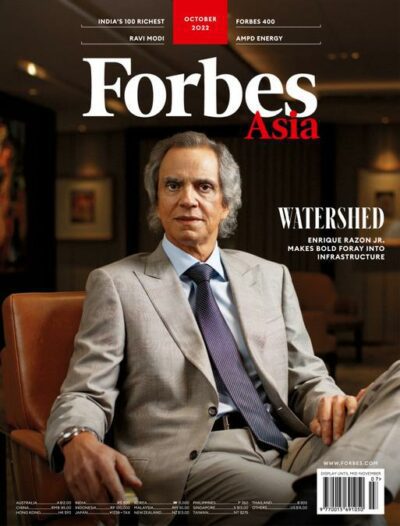
Forbes Asia Magazine Subscription
From: RM220 / year -
SALE!


Fortune Magazine Subscription
From: RM118 / year -
OUT OF STOCK

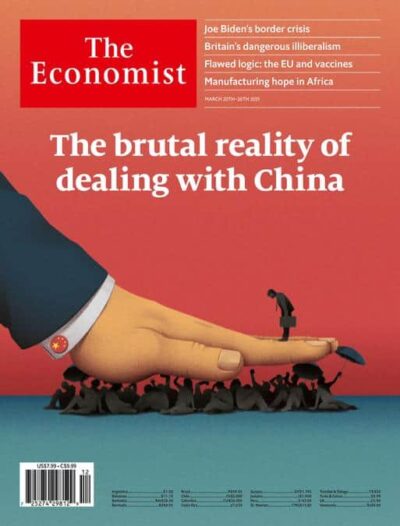

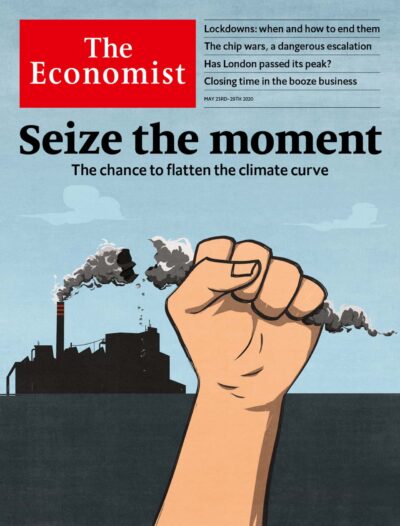
The Economist Magazine Subscription
From: RM1530 / year -

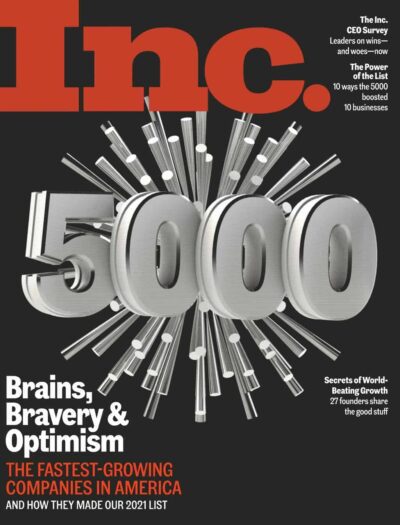
Inc. Magazine Magazine Subscription
From: RM22 / year -


Consumer Reports Magazine Subscription
From: RM22 / year -

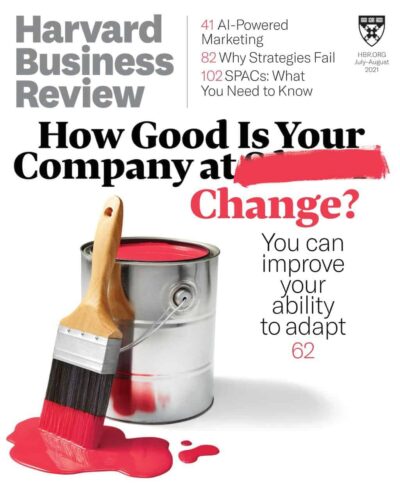
Harvard Business Review Magazine Subscription
From: RM83 / month -


Entrepreneur’s Startups Magazine Subscription
From: RM4 / year -

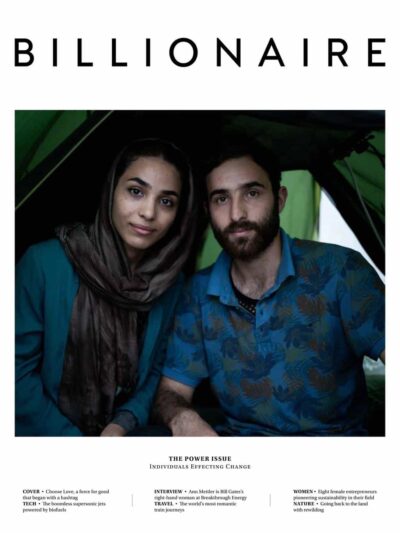
BILLIONAIRE Magazine Subscription
From: RM131 / year



